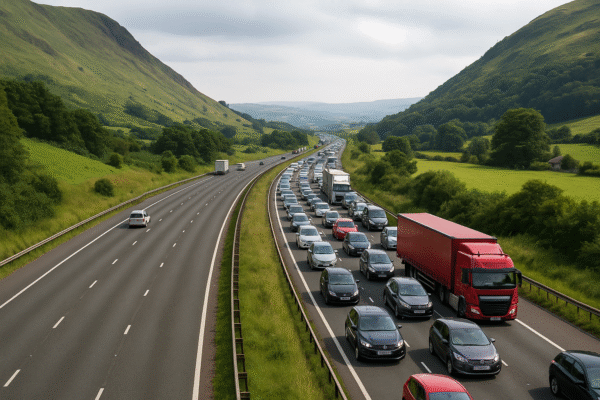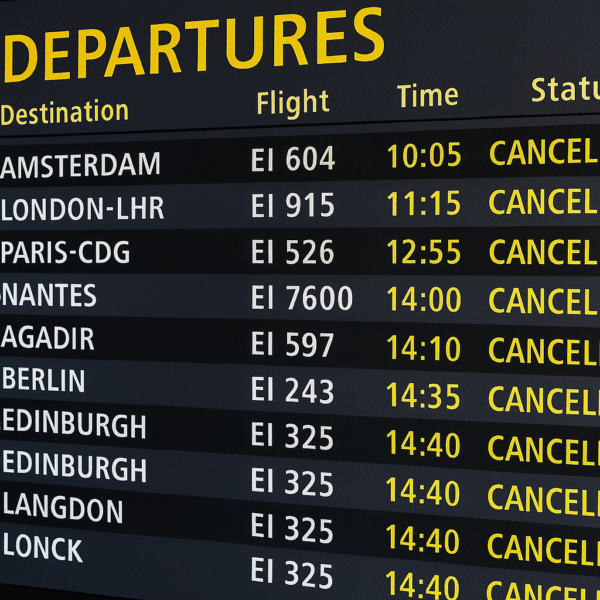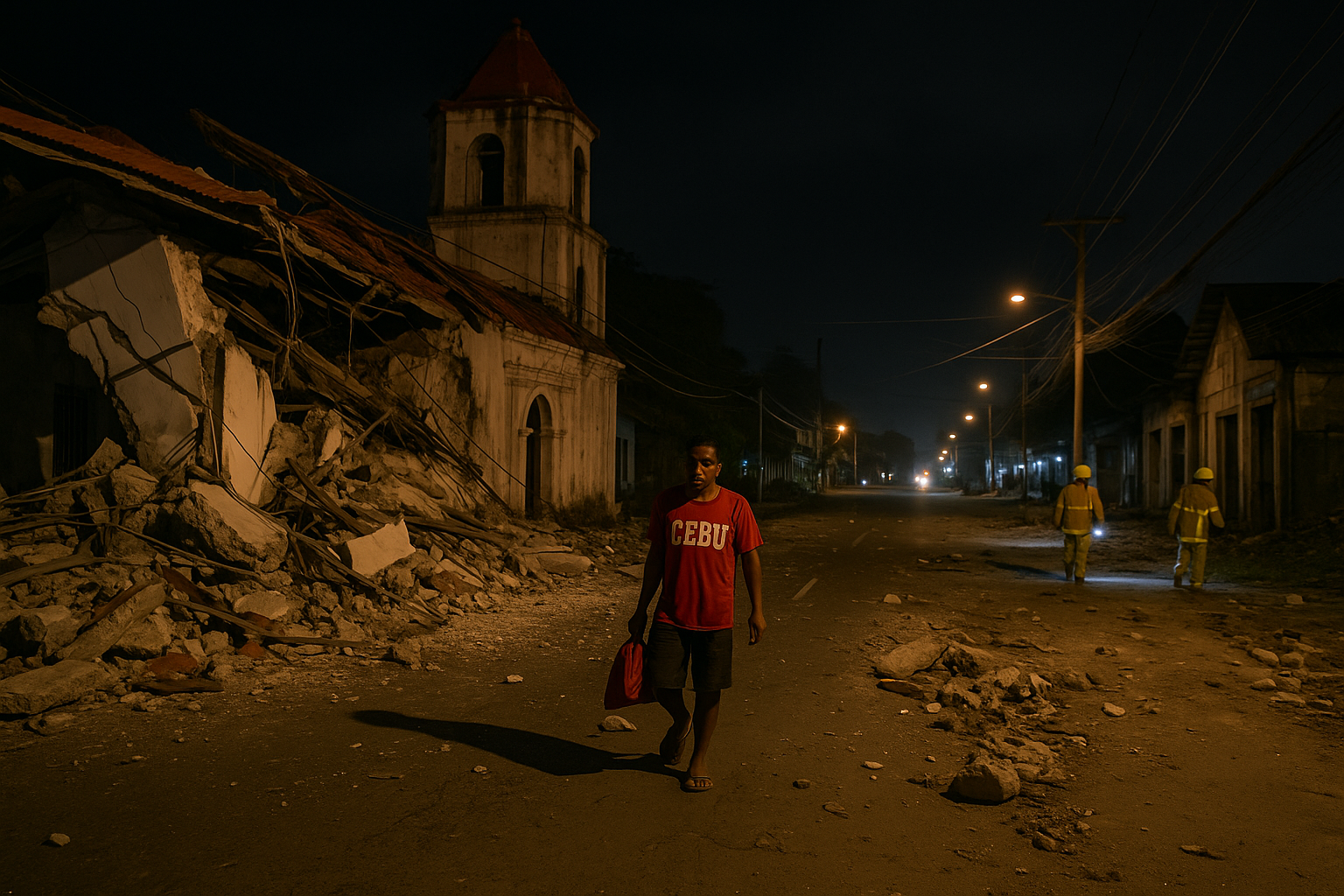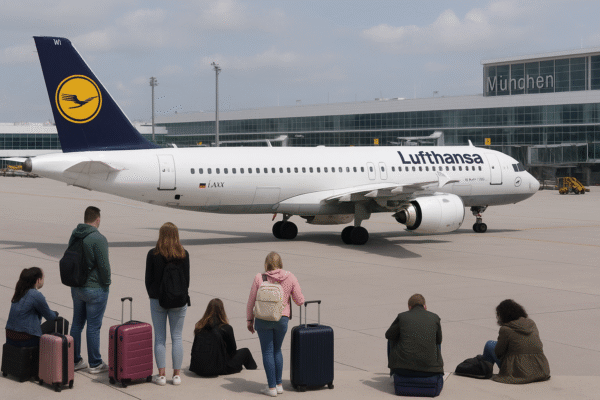Emergency at Gleneagles Station Brings Network to a Halt
Travel across Scotland was thrown into disarray after an emergency incident at Gleneagles train station caused significant disruption to services connecting Glasgow with major destinations. The incident, which took place early Thursday morning, led to the suspension of key train routes linking Glasgow with Dundee, Perth, and Inverness—some of the busiest corridors for both local commuters and international tourists.
Emergency services, including multiple police units and ambulances, were immediately dispatched to the scene. ScotRail, the country’s primary rail operator, confirmed that the line was blocked and trains could not pass through until the situation was resolved. For passengers, this created widespread confusion and left thousands scrambling for alternatives.
Tourists and Commuters Face Severe Delays
The closure of this crucial section of the rail network has had a twofold impact. For daily commuters traveling into Glasgow, the disruption meant longer, more stressful journeys. Many had to turn to buses or other forms of road transport, adding significant delays to their day.
For tourists, the disruption has been even more problematic. Glasgow is a gateway city for those looking to explore Scotland’s cultural and natural treasures. The blocked routes prevented smooth access to the Scottish Highlands, the historic city of Dundee, and the northern hub of Inverness. Visitors planning day trips to see Loch Ness, medieval castles, or Scotland’s famous coastal towns suddenly found themselves stuck with limited options.
With no clear reopening timeline from ScotRail, travelers were forced to adjust their itineraries, often losing valuable time during their stay in Scotland.
Key Destinations Affected by Service Closures
Among the most impacted routes are the direct services from Glasgow Queen Street station to Perth, Dundee, and Inverness. These lines are not only popular with commuters but also form the backbone of Scotland’s tourism network.
- Perth, often called the “Gateway to the Highlands,” is famous for its history, riverside walks, and nearby gardens.
- Dundee, a UNESCO City of Design, attracts visitors for its waterfront regeneration projects and cultural attractions such as the V&A Museum.
- Inverness, a jewel of the Highlands, offers travelers access to iconic landscapes, including Loch Ness and the Cairngorms National Park.
The suspension of train services cut off convenient access to these cities, forcing tourists to rely on slower bus routes or private transport.
ScotRail’s Response and Passenger Alternatives
ScotRail announced that replacement bus services had been arranged on some of the affected routes, though capacity remained limited. For passengers traveling during peak hours, buses quickly became overcrowded, adding to frustration.
While replacement transport provided a temporary solution, the difference in travel time between trains and buses was stark. For example, a train journey from Glasgow to Inverness usually takes around three and a half hours, while bus alternatives can stretch much longer, making day trips nearly impossible.
ScotRail urged travelers to stay updated via its website and social media channels, though many passengers voiced concerns about the lack of real-time information.
Communication and Contingency Challenges
The incident has raised questions about communication and emergency preparedness in Scotland’s rail network. While emergencies cannot always be prevented, clearer communication about delays, service restoration timelines, and available alternatives could have eased the burden on passengers.
For international tourists, many of whom are unfamiliar with Scotland’s transport systems, the lack of clear guidance created extra challenges. With itineraries disrupted, some faced the possibility of missing connecting trains, ferries, or even flights.
The episode has highlighted the importance of robust contingency plans, particularly in a country where train routes are central to both daily commuting and heritage tourism.
Wider Impact on Tourism in Scotland
Scotland’s tourism sector relies heavily on rail connectivity. Train services offer one of the most efficient ways to reach the Highlands, cultural hubs, and smaller towns. The Gleneagles disruption therefore carried a ripple effect far beyond the station itself.
Local hospitality businesses, including hotels and restaurants, also felt the impact. Visitors unable to reach their destinations may cancel bookings, reducing revenue in towns that depend on seasonal tourism.
Tourism boards in Scotland emphasize the importance of rail travel not just for convenience, but also for sustainability. Encouraging visitors to use trains rather than cars helps reduce congestion and emissions, aligning with Scotland’s broader eco-tourism goals. Disruptions like this, however, undermine those efforts and may push visitors back toward private transport.
Gleneagles: A Station of Strategic Importance
Gleneagles station itself is well-known for its proximity to the world-famous Gleneagles Hotel and Golf Resort, which attracts both leisure travelers and international events. While the current emergency has disrupted train travel, it has also underscored the station’s importance to Scotland’s tourism infrastructure.
For visitors heading to golf tournaments or resort stays, the closure caused additional inconvenience. Given its role in connecting travelers with one of Scotland’s most prestigious destinations, ensuring the reliability of this route will remain a priority moving forward.
Looking Ahead: Lessons for Scotland’s Rail Future
The disruption at Gleneagles has shown how quickly Scotland’s tourism and transport systems can be affected by unexpected incidents. It also points to the need for continued investment in resilient rail infrastructure and better crisis communication.
While emergency services continue to manage the situation, passengers—both commuters and tourists—will be looking for assurances that such incidents will be addressed more swiftly in the future. Improving passenger communication and expanding backup transport options could mitigate the chaos in similar situations.
Conclusion
The Gleneagles station incident has left a mark on Scotland’s rail system, with disruptions rippling from Glasgow to the Highlands. For commuters, it meant delays and stress; for tourists, it disrupted carefully planned journeys across Scotland’s historic and natural landscapes.
As ScotRail works to restore services, the incident highlights the critical role of reliable rail transport in supporting both local mobility and Scotland’s tourism economy. With lessons learned, Glasgow and the wider Scottish rail network have the opportunity to strengthen emergency planning, ensuring smoother travel experiences for future visitors.
For more travel news like this, keep reading Global Travel Wire

















